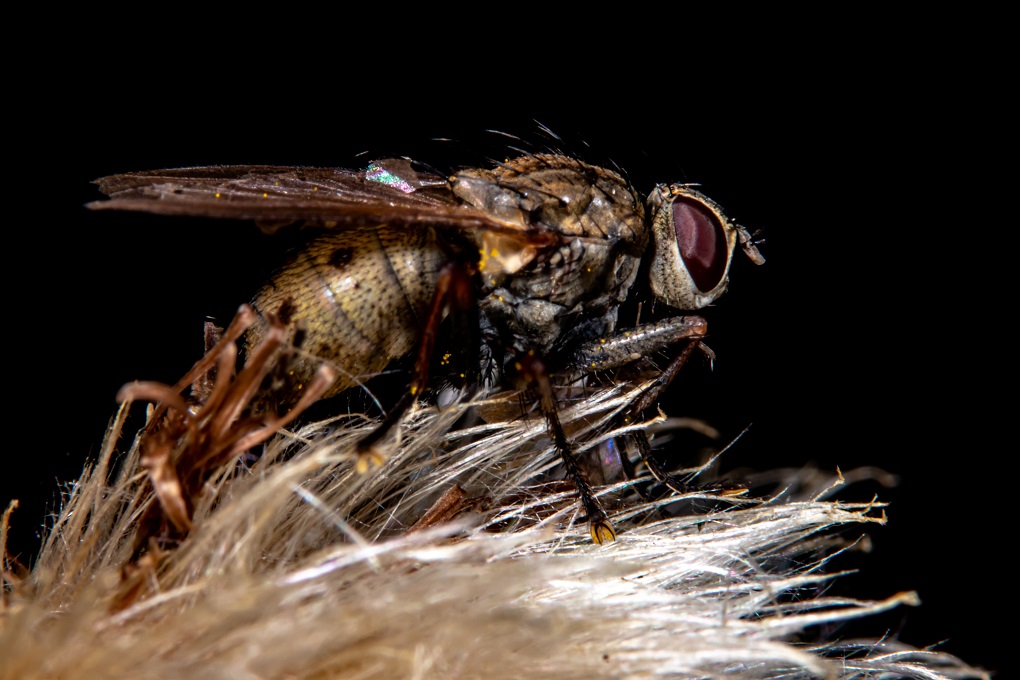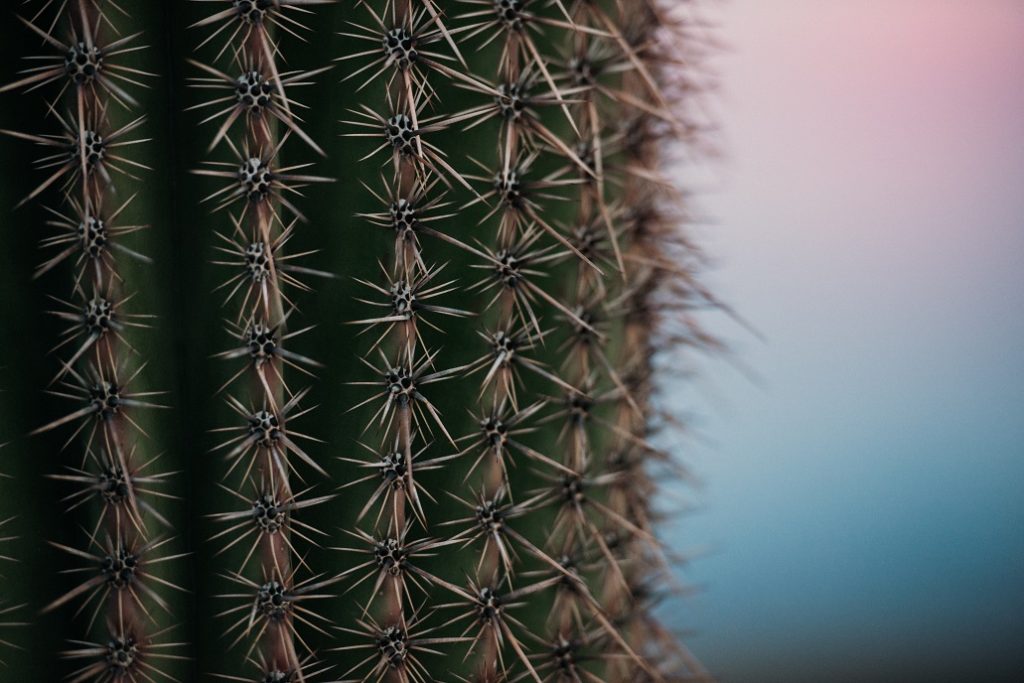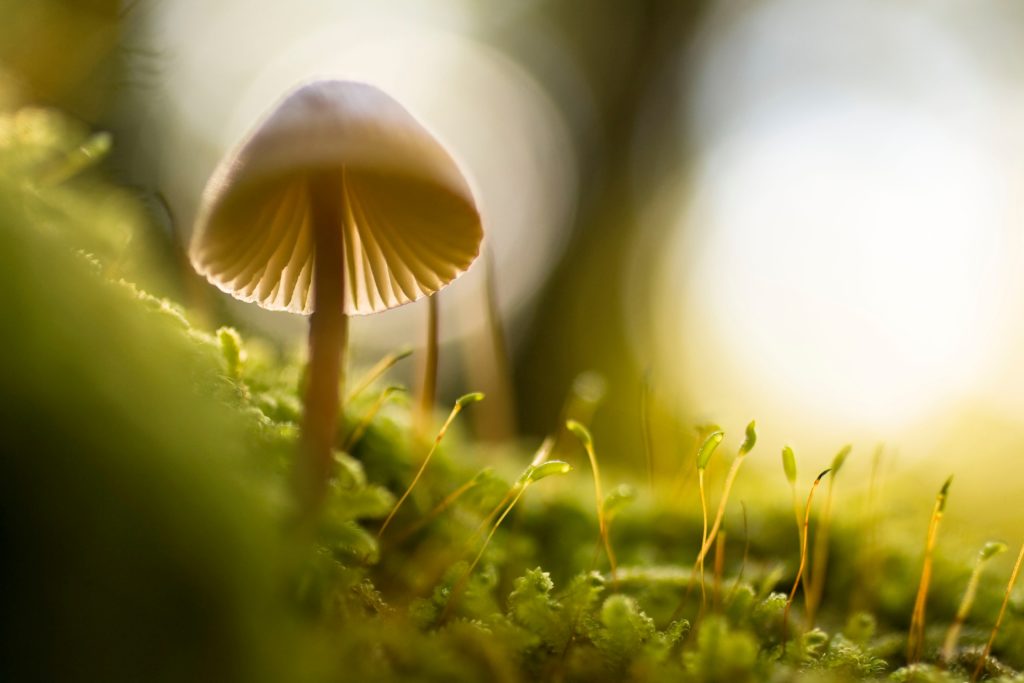Macro Photography is the art of capturing the small world that normally not visible to the human eyes. Enthusiasts of macro photography often go far and wide in search for the best photo subjects.
In these trying times, however, roaming around just to take pictures is just being irresponsible. We should all do our best to stay at home and limit our outdoor adventure to the bare minimum.
Macro Photography Ideas Around The House
Luckily, being in a lockdown doesn’t mean you can’t do any macro photography at all. There are so many interesting things inside and around the house if you look close enough. If you need help in finding some candidates, here are some examples:

- Insects
Put off calling the pest control for now. At least until you’ve taken pictures of every last insect in and around the house. If moving insects are too hard for you, the ones lying out cold will do as well. Try to catch the insects in action. A group of ants carrying cookie crumbs back to their nest make a great visual story.
- Sliced fruit
Fruits have details and texture that most people ignore. Grab a fruit from your kitchen, slice it, or dice it to reveal its internal structure. It doesn’t matter if it’s citrus, kiwi, or blueberry. They all have their own special characteristics you can explore.
- Wood
Various hardwood species have wood grains that look stunning in a photograph. Naturally, wood gives off warm colors that look wonderful on pictures. If you have tree barks lying around in the garden, take a closer look. You’ll bound to see something interesting there.
- Shiny surfaces
Your home is loaded with shiny surfaces. The kitchen alone has tableware, knives, countertop, sink, water tap, and a whole lot more. When you play with the light source and angle, you can get some amazing results.

- Plants and flowers
These two are given when it comes to macrophotography. And no! Plants are NOT boring. Even when you only have a small pot of succulent at home, you can still play with it and create some dramatic images. - Crystals
Sugar cubes and salt crystals look fascinating up close. Play with various lighting setups with different background colors to see which ones bring the most out of the crystals. If you happen to have other crystals, bring them all out and have fun.
Experiment will all the above and challenge yourself to keep finding new photo subjects.

“What gear should I use?”
Whatever gear you have at hand will do fine. You can use a DSLR, mirrorless, compact camera, or your phone if you want to. If you have an iPhone, for instance, you can still get excellent results when you take close-up shots down to 2.5-inches (10cm) from your subject.
Even when you have a basic camera and lens setup you can still take stunning macrophotography pictures. The recipe is to shoot in RAW and crop as desired.
“Why RAW?”
RAW images are, well, raw. The camera saves whatever information gathered by the image sensor without any processing at all. The result is an image file with lots of information that you can manipulate in post-processing.
“I don’t get it…”
Let’s say there’s a bee on your window sill, and you shoot it from one foot away. You can’t get too close because you don’t want to frighten the bee. Now, a bee from one foot away will look ridiculously small on the resulting image. However, in your favorite photo editor, you can crop the image so the bee looks relatively big compared to the whole image frame.
“But I can do that with JPEG pictures too!”
Yes, you can, but the result will have compression artifacts – a distortion of the image caused by the JPEG compression algorithm used in the camera. Even from afar, you can see how fuzzy the result is.
You see, JPEG is a lossy image format. It produces a small image size at the cost of image quality. That is why cropping a JPEG should be handled with care. If the cropping is too extreme, the result will be worthless.
With RAW files, you can crop, bring up the shadows, or increase the contrast without worrying about such artifacts. Once you’re done with the processing, feel free to convert the file into JPEG. Or if you want to upload the photo, convert it to WebP, which is superior to JPEG. Just remember that if you want to revisit the same image and do some more retouching, start with the RAW file instead of the JPEG.
OK, that’s all for now. We hope you can keep your creative self busy while staying at home and maintaining social distancing like a responsible adult. Have fun and stay safe!
